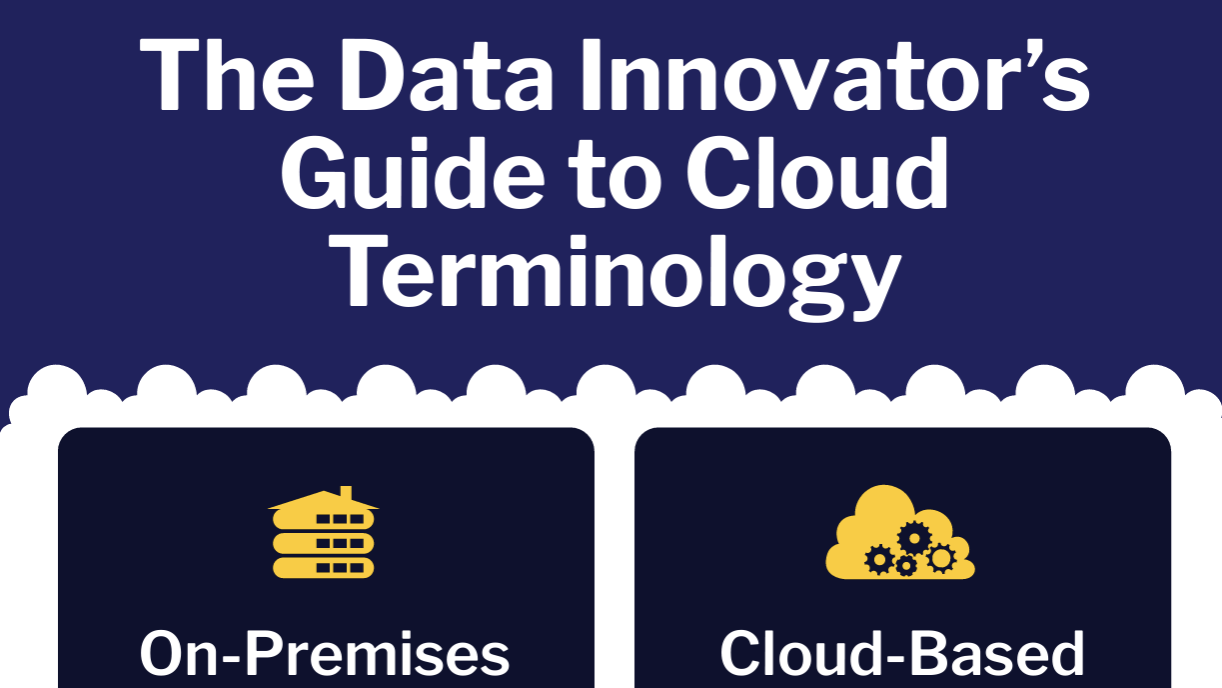The Data Innovator’s Guide to Cloud Terminology

Cloud-native, cloud-based, software-as-a-service – what does it all mean?
There are many ways you can run data platforms but as a Data Innovator do you know the differences between them? For instance, between solutions that are advertised and marketed as on-premises, cloud-based, SaaS and cloud-native?
The good news is that it’s not difficult to understand what the terms mean, however it’s important to note that there are some key differences between them, and it can have an impact on your platform depending on the deployment model you choose.
On-premises legacy solutions rely entirely on the hardware you provide, including redundancy. And such solutions require downtime for upgrades and bug fixes to occur. Even if you then run the solutions in the cloud, they are only cloud-based.
Indeed, there are certainly quite a few data management solutions that are cloud-based but the majority of them are not cloud-native. Cloud-based technology means it is the same legacy software running on someone else’s hardware. True cloud-native solutions were designed and built to make optimal use of cloud technology. Gone are the problems of scale, performance and downtime, as cloud-native solutions were born and live in the cloud. To learn more read the blog – What is a True Cloud-Native Master Data Management?
From a user’s perspective, SaaS is extremely attractive. There is no access to “what’s under the hood” so there is no hardware or software to install or maintain. You receive a link to login via a web browser and can get started.
Couple SaaS with cloud-native and you have found your silver lining. You always get the best level of service; you are never required to stop using your application so IT can install upgrades and conduct maintenance. You have access to your data in real-time, whenever you need it and pay on a subscription basis and resources are scaled automatically as your business needs them.
Check out this infographic to learn more!